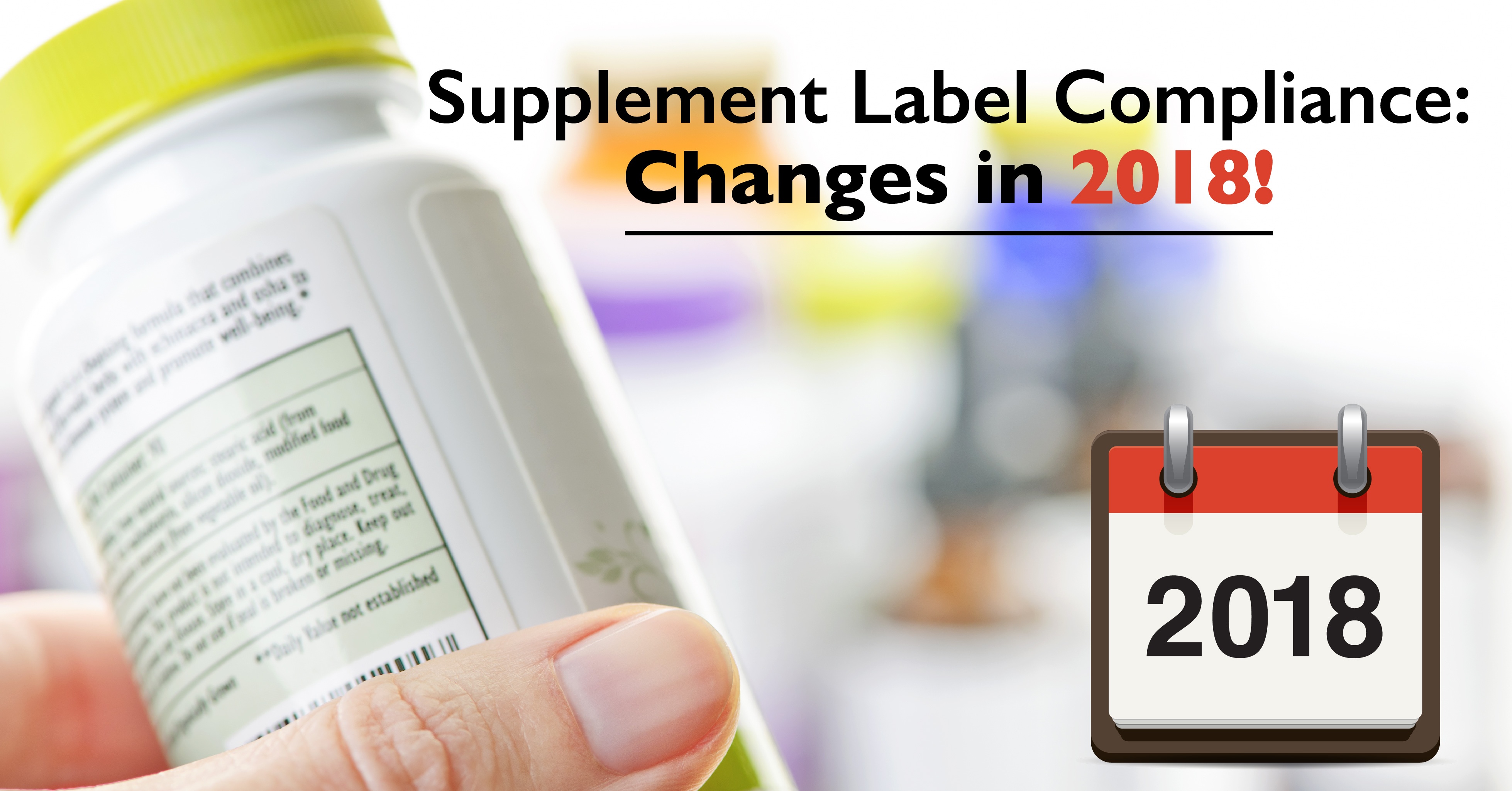According to the National Institute of Diabetes and Digestive and Kidney Diseases, some 60-70
 million people have digestive disorders.
million people have digestive disorders.
In 2010, 48.3 million people saw a doctor because of complaints about their digestive track. Of those 48.3 million, 7.9 million received a primary digestive disorder diagnosis via an emergency room visit.
During the same year, 21.7 million people were hospitalized due to a digestive disorder. In 2009, 245,921 people died from digestive diseases or episodes. In 2004, it cost $141.8 Billion to treat digestive disorders. [ 1 ] Is it any wonder that people are looking for an easier way to manage their digestive health?
Not only are modern treatments expensive ($141.8 billion in 2004) but the secondary costs associated with health insurance, preexisting conditions, and secondary health issues and disease all add to the ongoing expense of being sick in a modern world.
Are Probiotics the answer?
Experts suggest yes! Probiotics are live bacteria and yeasts that are tremendous in assisting your body's digestion health.
When you hear "bacteria" you would generally imagine something dirty or contaminated but our body is chock full of both bad and good bacteria.
As the prefix "pro" suggests they are often called "good" bacteria because probiotics improve digestion and they help keep your gut healthy.
Probiotics are naturally found in your body. You can also find them in some foods.
A probiotic is just the opposite of an antibiotic. Antibiotics are killers. They seek out and destroy certain types of harmful bacteria. [2]
Probiotics are environmental. They create environments that make it difficult for harmful bacteria to thrive. [3]
What Are Probiotics Good for?
Probiotics are useful for many health issues. One example of what they can do is to help people build stronger bones. They do this by helping the body to absorb minerals.
In fact, there is a long list of what probiotics do to help improve our health.
A few benefits of probiotics include:
- Lower Cholesterol: Increased fiber helps to absorb cholesterol in the digestive system before it is absorbed.
- Correct loose stool and improves constipation.
- Help manage weight and obesity
- Provides better Glycemic control, especially for diabetics.
- Strengthens your immune System
How Are Prebiotics Different?
Prebiotics are plant fibers and nondigestible plant parts, and they play an important role in regulating the beneficial bacteria populations in our digestive track.
You could see in the similarities in the spelling of the names of these two supplement types can cause confusion.
Prebiotics are a type of growing medium where beneficial bacterial and other positive organisms grow and reproduce in our digestive tracks.
Prebiotics are not sensitive to heat so they can easily be added to foods and cooked or baked. Doing so gives consumers positive food choices and supplements that help to improve dietary health.
When you have an optimum amount of prebiotics in your daily diet, you achieve the prebiotic effect - provided the means by which a healthy population of beneficial gut fauna can help with digestion, reduce the impact of diseases, and improve overall gut health.
Who Are the Beneficial Gut Fauna?
Beneficial gut fauna are the community of organisms that live inside the intestines of humans.
There are many, but a few of them are:
- Bifidobacteria are lactic acid bacteria and are often found naturally in fermented foods such as yogurt, Kiefer, and sauerkraut.
- Lactobacilli are also friendly bacteria that live in bodily systems including the urinary, digestive, and reproductive systems. Like bifidobacteria, lactobacilli occur in fermented foods.
Good Food Gone Wrong
We can eat food that is good for us all year long, but what happens during the holidays?
The pile of not-so-good-for-you-food is everywhere - Cookies, cake, alcohol, chocolate, nitrated meats, sugar, sugar, and more sugar.
There are better options, and those include foods that offer easy access to both prebiotics and probiotics.
Thanks to an increase in the availability of prepared prebiotics and probiotics, consumers have an easier time ensuring that they consume beneficial foods that help decrease digestive issues. Many of us are familiar with the probiotics in yogurt, but there are other sources too.
Natural supplements offer a very easy way to include prebiotics and probiotics during your daily food consumption.
You can also increase organic intake of fibrous foods, such as mango, celery, cilantro, jerusalem artichoke, raw garlic, onions, and jicama - all of which are good sources of prebiotics.
What You Can Do to Improve Gut Health?
If you want to add probiotics to your diet add soy milk, kefir, sauerkraut, dark chocolate, kombucha tea, and yogurts with added probiotics.
All of these foods make great snack items, and they can be used to replace naughty foods like candy, soda, and sugars.
If you are one of the 60-70 million Americans who suffer from digestive issues, have you discovered how probiotics improve digestion?
Probiotic Manufacturing Process
The way toward developing bacteria and making them appropriate for consumption is a genuinely complex process that includes control over various distinctive factors.
Those 8 factors are:
- Human Origin
- Safety in clinical use and foo
- Persistence in the intestinal tract
- Clinically tested and documented health effects
- Antagonism against pathogenic bacteria
- Bile and Acidity stability
- Compliance with human intestinal cell
- Production of antimicrobial substances
The manufacturing process continues as follow:
At first you must adhere to the growth and fermentation of the bacteria. The fermentation occurs typically through dairy products and can grow anywhere from 1-7 days. Next separation of the freshly grown bacteria with a centrifuge. Separating the food molecules from the bacteria with hundreds of fast rotations. Then to remove any remaining water you need to freeze dry the bacteria. As experts in supplement manufacturing and probiotics ABH Pharma feel it is necessary for our customers to understand the probiotic manufacturing process from start to finish. The manufacturing process takes place whenever we manufacture our Whey Protein with Probiotics infused with time release technology. We will place your logo on our ready to go labels or customize one with you!
Further Reading
[1] Digestive Diseases Statistics for the United States - National Institute of Diabetes and Digestive and Kidney Diseases
[2] Antibiotics - Medline Plus
[3] Probiotics - National Center for Complementary and Integrative Health









